Infrastructure Monitoring
Ensuring the stability and safety of critical infrastructure
Scope of Yearly Damage
Ground subsidence occurs when natural forces or human activities cause uneven lowering of the ground surface, leading to significant infrastructure damage. In the U.S., the damage caused by subsidence is estimated at $15 billion annually.
- Critical failure to Infrastructure: Subsidence causes shifts in the foundation, affecting the integrity of the structure. This leads to cracks and can even result in complete structural failure of the infrastructure.
- Sinkholes Development: Over time, subsidence can cause sinkholes to form, posing a significant risk to both infrastructure and public safety.
- Failure of Retaining Walls: Ground movement can lead to the failure of retaining walls, which causes the collapse of surrounding structures due to the sudden loss of support.
- Uneven Roads and Railways: Subsidence on roads and railways directly impacts passenger safety, causing uneven surfaces that can lead to accidents or delays.
- Critical Infrastructure Vulnerabilities: Gas and oil pipelines, multi-layered structures, roads, large industrial buildings, private homes, and ports are particularly vulnerable to subsidence, as they rely on stable ground to maintain safety and operational efficiency.
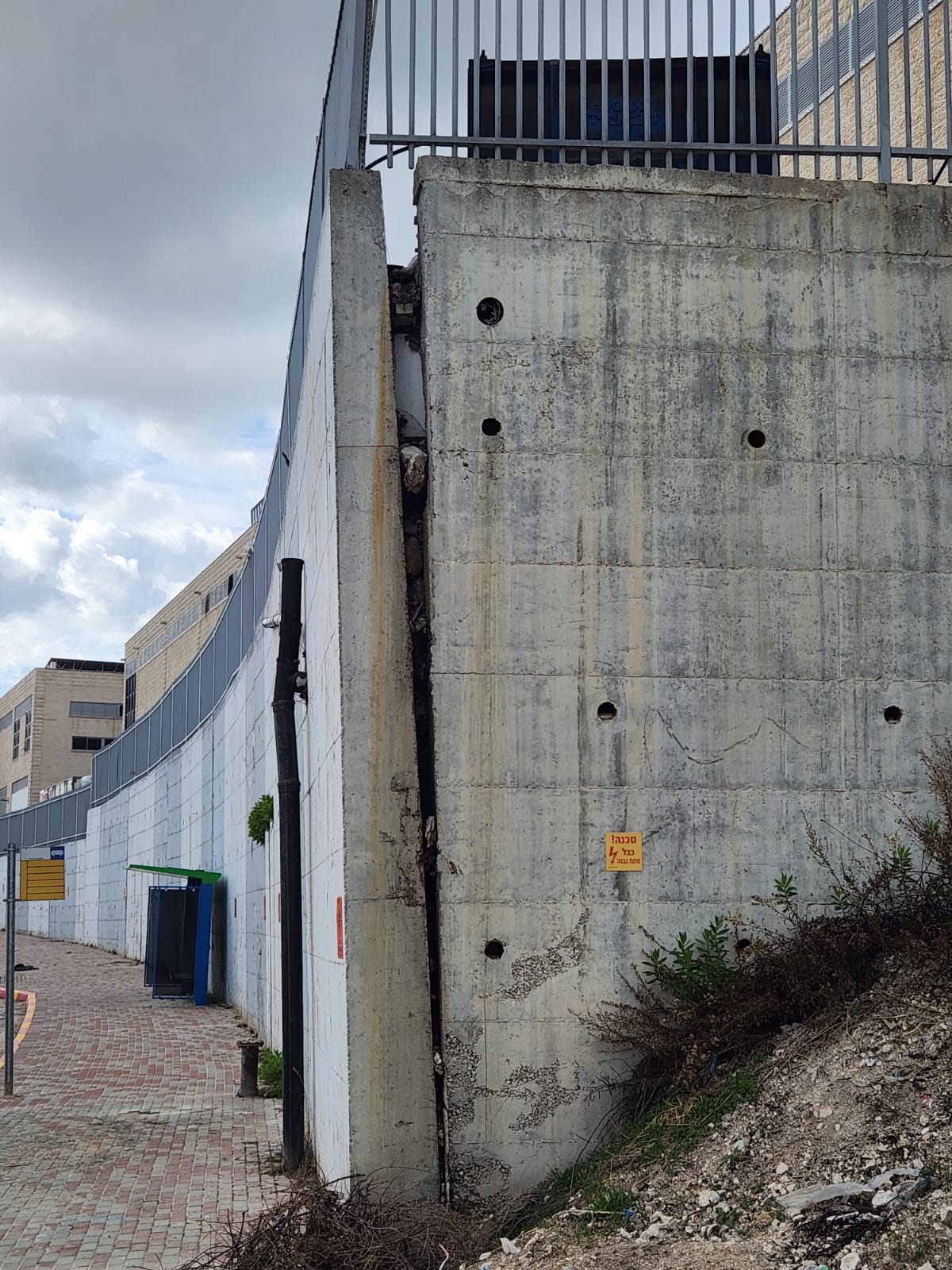
France yearly subsidence damage estimates are 5.2 billion euros yearly.
Cour-Cheverny
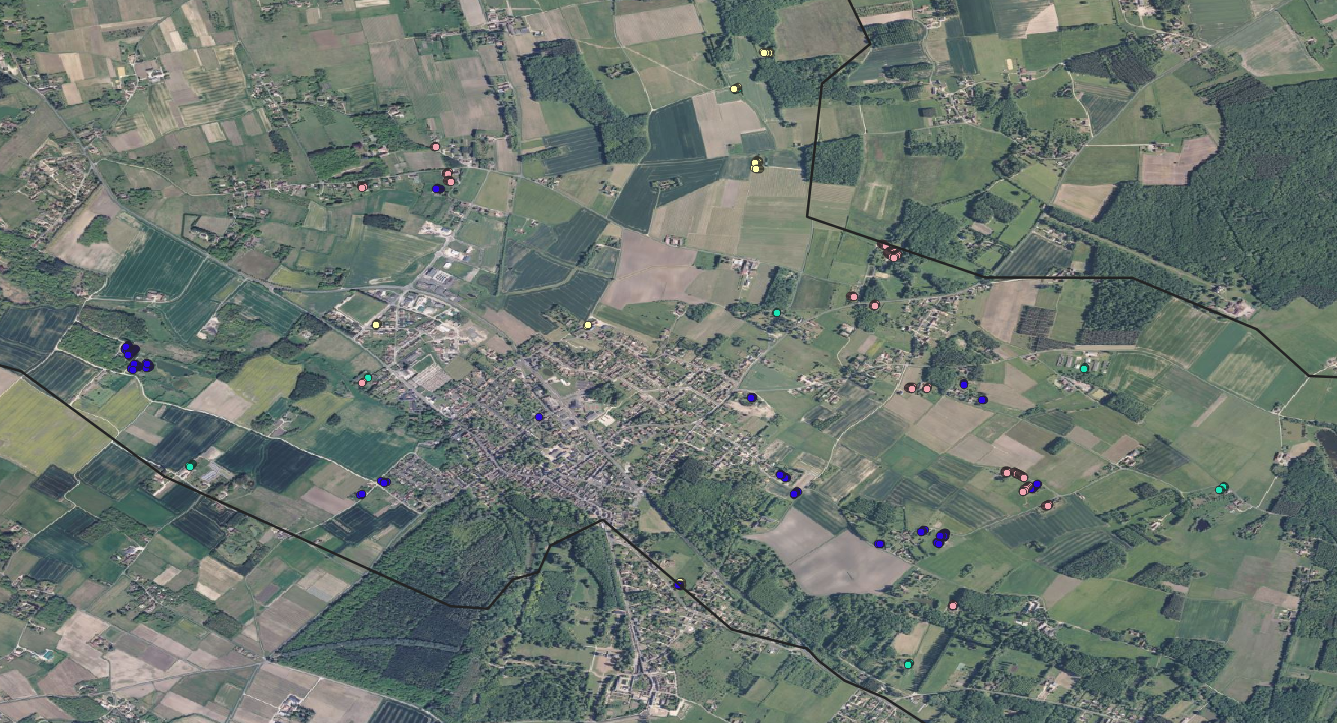
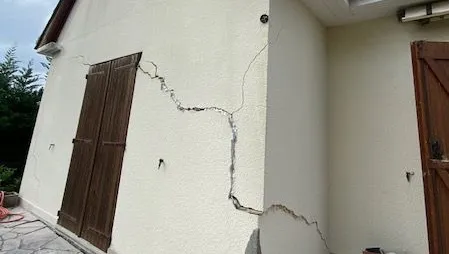
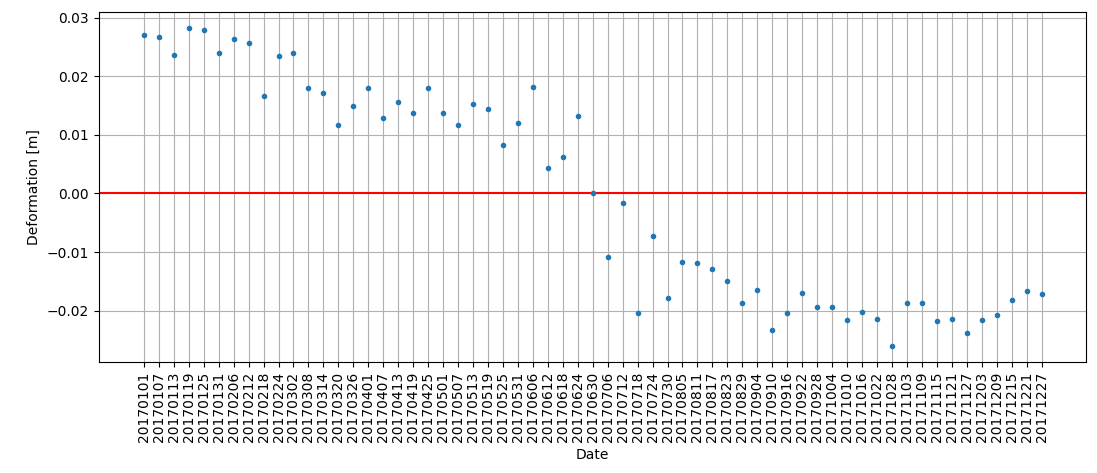
Retaining wall:
In this case study, the warehouse was severely impacted by swelling soil in the area. The swelling of the soil began a year before the visible cracks appeared, gradually weakening the foundation of the structure. Over time, the pressure caused by the swelling led to the failure of the retaining wall, which was crucial in holding back the surrounding earth. This failure caused major structural damage to the warehouse, resulting in significant cracks in the building.
As a consequence of this damage, the company is now facing a lawsuit worth 10 million dollars for the losses sustained, as well as the added cost of one year of rental payments.

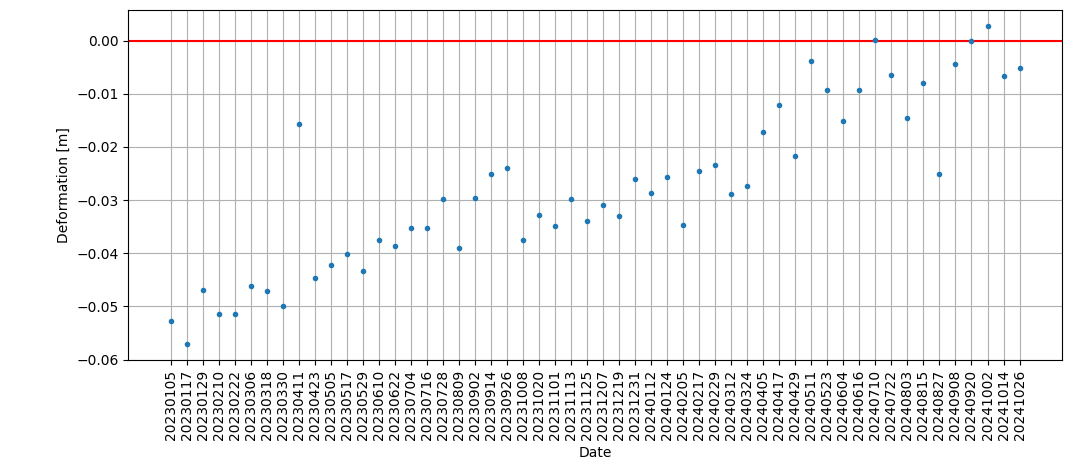

Sinkhole Development:
Infrastructure roads require extensive, ongoing maintenance and monitoring to ensure safety and stability across the country, with regular upkeep necessary to prevent issues such as road subsidence and pavement deterioration.
A sinkhole can be created due to the movement of the groundwater level caused by events such as irrigation pipeline explosions or excessive pumping. This issue results in significant damage, costing the U.S. an estimated 360 million dollars annually, and poses life-threatening risks to drivers.
In this case study, we successfully monitored a sinkhole and discovered a mega sinkhole in the area. Our proactive monitoring allowed us to identify the risks early, preventing potentially catastrophic damage and loss.
Road 431
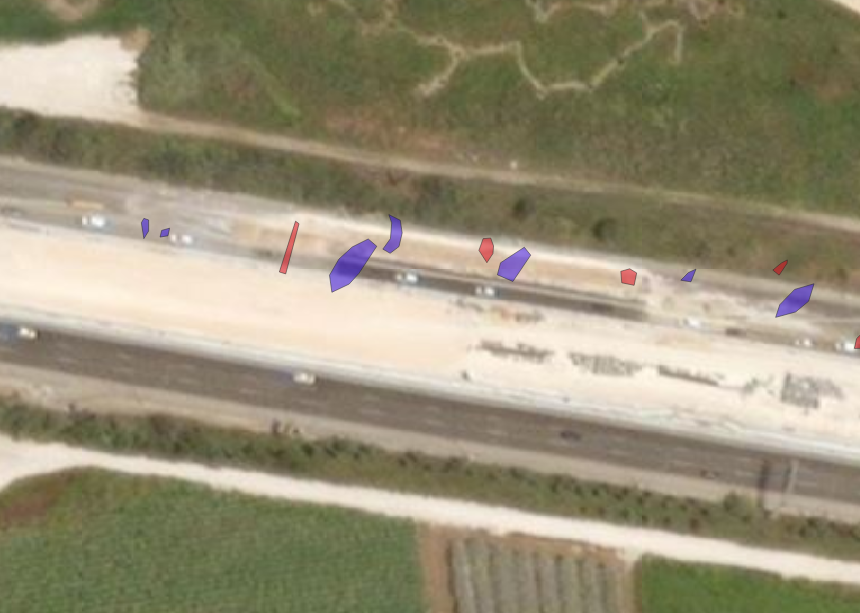
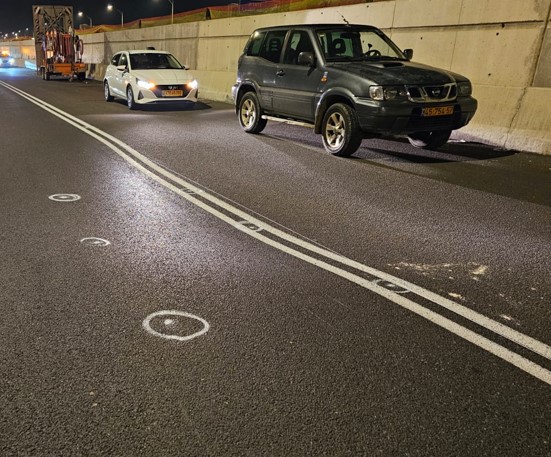

Scope of Yearly Damage
Ground subsidence occurs when natural forces or human activities cause uneven ground movement, resulting in significant infrastructure damage. In the U.S., subsidence causes an estimated $15 billion in damage annually.
- Critical Infrastructure Failure: Shifts in the foundation lead to cracks and potential structural collapse.
- Sinkhole Development: Over time, subsidence can create sinkholes, threatening infrastructure and public safety.
- Retaining Wall Failure: Ground movement can cause retaining walls to fail, leading to surrounding structural collapses.
- Uneven Roads and Railways: Subsidence creates uneven surfaces, posing safety risks to passengers.
- Critical Vulnerabilities: Gas pipelines, multi-layered structures, roads, industrial buildings, homes, and ports are especially susceptible to subsidence.
France yearly subsidence damage estimates are 5.2 billion euros yearly.
Nearly 11 million homes in France are affected by subsidence due to droughts, a phenomenon where prolonged dry conditions cause the ground to shrink and shift.
In the small town of Cour-Cheverny, between 2015 and 2020, 250 houses were severely damaged, resulting in 5 million euros in repair costs.
Cour-Cheverny

Each point represents a different house that has been affected over the years. The colors indicate the years in which the damage began


Retaining wall:
In this case study, the warehouse was severely impacted by swelling soil in the area. The swelling of the soil began a year before the visible cracks appeared, gradually weakening the foundation of the structure. Over time, the pressure caused by the swelling led to the failure of the retaining wall, which was crucial in holding back the surrounding earth.



Sinkhole Development:
A sinkhole can be created due to the movement of the groundwater level caused by events such as irrigation pipeline explosions or excessive pumping. This issue results in significant damage, costing the U.S. an estimated 360 million dollars annually, and poses life-threatening risks to drivers.
In this case study, we successfully monitored a sinkhole and discovered a mega sinkhole in the area.
Road 431

In the blue areas, subsidence occurred that was not visible to the naked eye, while in the red areas, visible subsidence began before the mega sinkhole was revealed.

